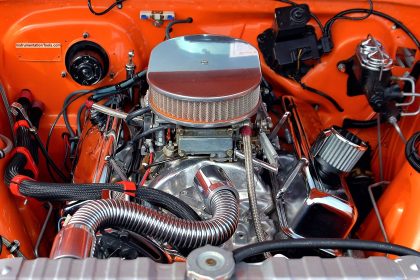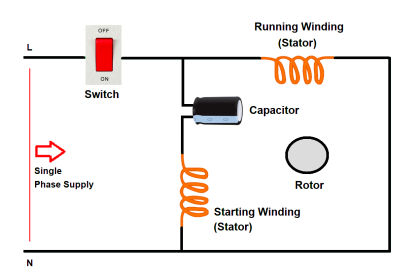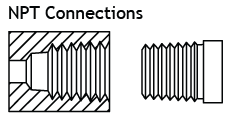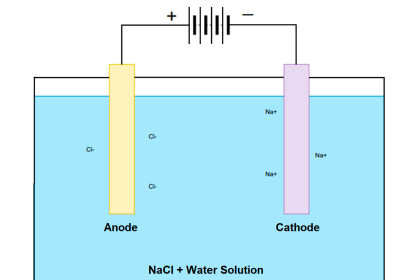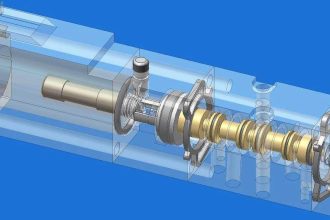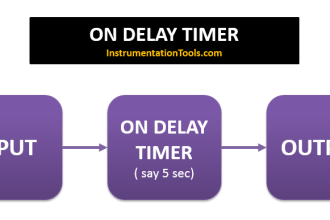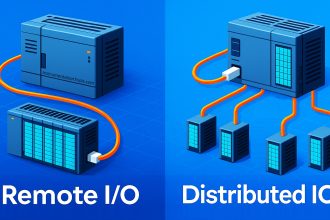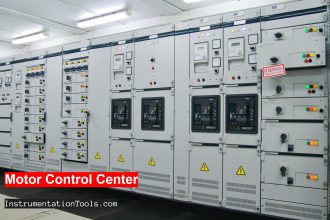Air Pressure is a very critical parameter that needs to be maintained every time in many devices and equipment, be it a tank or a vessel, or a pipeline. If pressure increases, then there are chances of the equipment getting burst.
So, there must be some means apart from a pressure transmitter to monitor this and stop the process quickly. A pressure transmitter will do this role, but it is best suitable for PLC and other controllers.
If a direct hardwiring interlock is required, then this transmitter will not be suitable as the wiring will become too complex then. For this, a safety instrument is used which detects the pressure and immediately cuts off the circuit. It is called a rupture disc.
In this post, we will understand the concept of a rupture disc.
Why is a Rupture Disc required?
Differential pressure can occur at a higher side at any time in a vessel. If the working air pressure of the vessel exceeds a set limit due to factors like no way for air passing, potentially damaging vacuum levels, or increasing liquid levels, the vessel will start to corrode after some time or even explode immediately. In order to provide immediate relief to the vessel for this, a rupture disc is required.
Rupture discs provide instant response to over-pressurization or under-pressurization in the process piping system, but once the disc has ruptured it will not reseal.
Basically, it is a one-time-use device. We will now see it’s working and also understand why it is only one-time usable.
What is a Rupture Disc?
The rupture disc is a device that is used to prevent the vessel from breaking due to increasing pressure. It consists of a thin metal diaphragm that explodes if the pressure of the vessel increases.
A rupture disc is usually designed to relieve at 1.5 times the maximum allowable working pressure of the vessel.
The disc assembly consists of a thin, circular membrane usually made of metal, plastic, or graphite that is firmly clamped in a disk holder. It works on the theory of pressure relief.
A rupture disc is actuated by inlet static pressure and designed to function by the bursting of a pressure-containing disc. The disc may be made of metal or carbon graphite and housed in a suitable holder.
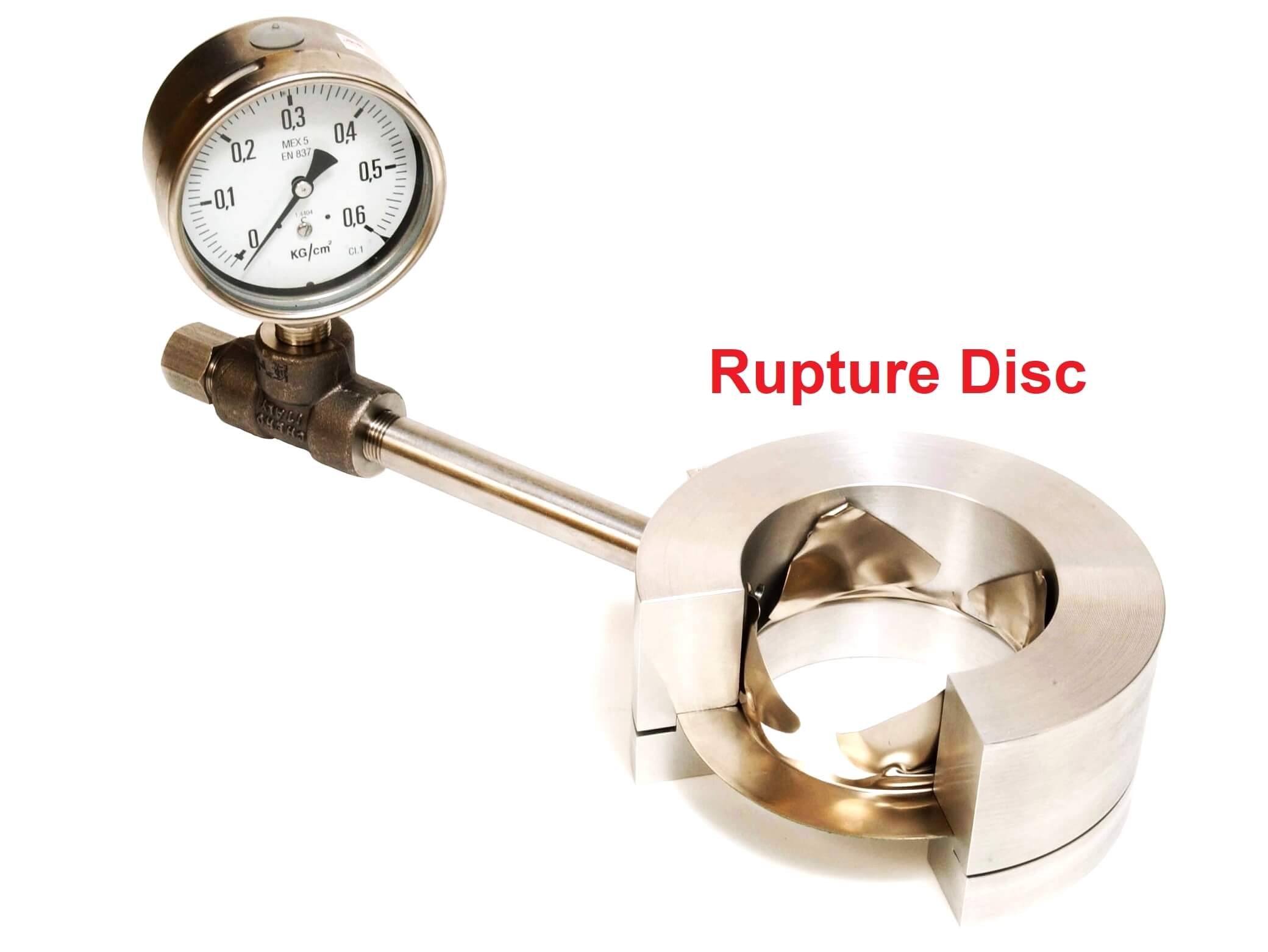
Simply, consider a water tank where the rupture disc is mounted on its top. Now, there are two types of rupture discs – forward-acting and reverse-acting.
In forward acting, the disc is faced in series with the process. When the pressure starts to increase or go beyond the safety limit, the disc starts to grow towards the forward direction due to acting pressure, and then after the safety limit, it will burst. This shows that the disc will require a large amount of pressure or force to burst it, because it is acting in the same direction as the direction of the process. In reverse acting, the disc is faced in opposite with the process.
When the pressure starts to increase or go beyond the safety limit, the disc starts to grow towards the forward direction (reverse from the process direction) due to acting pressure, and then after the safety limit, it will burst. As compared to forward acting, the reverse acting one requires less force to burst it, as it is already placed in the opposite direction.
The materials used for rupture discs range from various stainless steels to higher quality materials such as Inconel, Hastelloy, or Tantalum, and goes all the way up to coatings or plastic liners such as PTFE or FEP.
Problems with Rupture Disc
Some issues with rupture discs are –
- replacement in case of a burst,
- system shutdown,
- the time required to reinstall can increase more downtime,
- careful installation as any scratch can damage the disc.
Functions of Rupture Disc
Rupture disc can provide protection either in a primary way or a secondary way. In primary relief, it can be used directly on the tank. Here, the disc has the sole responsibility to protect the vessel from pressure damage.
In case of pressure increases, it will burst and release the air from the vent immediately. In secondary relief, the disc is mounted above the primary relief valve.
Generally, the primary relief valve is designed to function for this purpose only. The disk will protect the valve from process media that can corrode or plug it. The disk can also act as a seal, preventing any leakage through the valve unless the disk is ruptured.
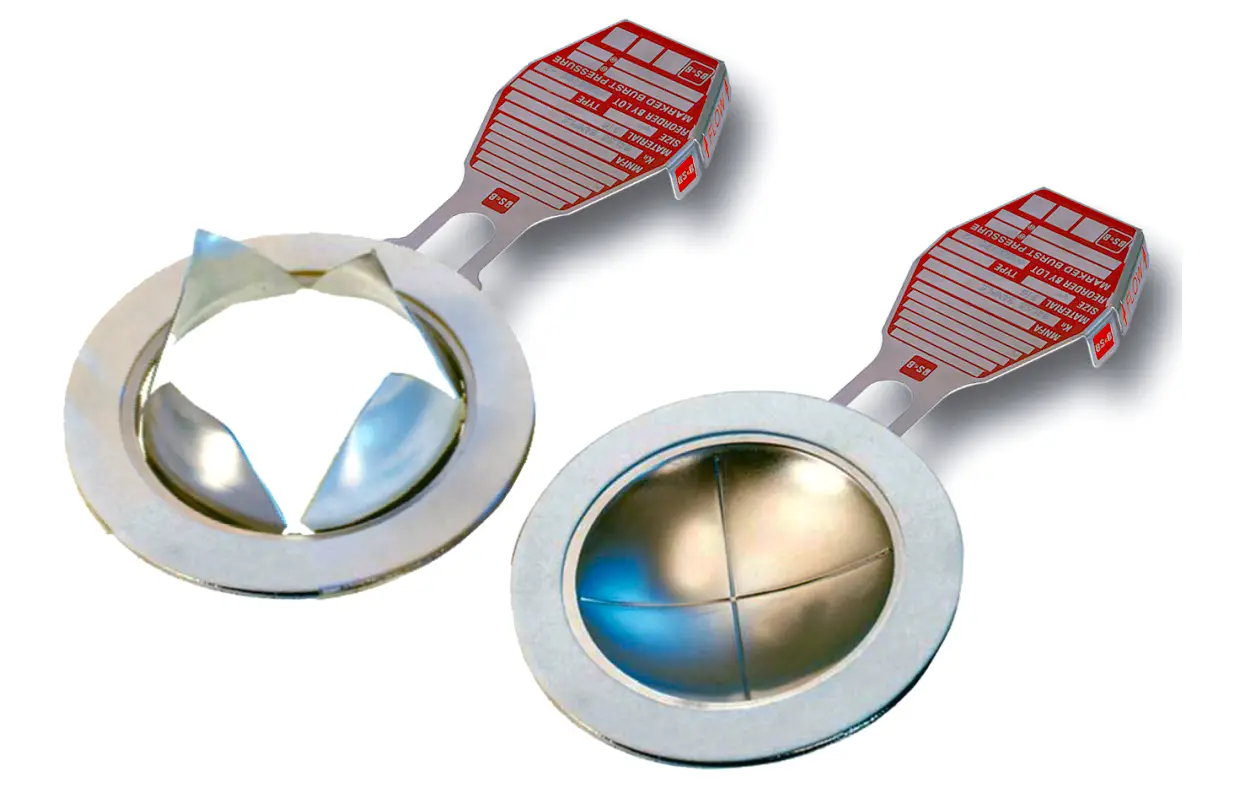
Rupture disc can also provide data to the PLC or any other controller through a digital input. Basically, the disc will have a relay contact that operates only when the disc bursts.
When this happens, the relay changes its state, due to which the PLC will know this, and it will immediately trip the whole process for safety purposes.
Selection of Rupture Disc
The main factors for the selection of a rupture disc are mentioned below.
- Burst pressure
- Permissible overpressure or vacuum
- Working air pressure
- Working process and system to be protected
- Burst temperature
- Vacuum resistance
In this way, we saw the concept of a rupture disc.



